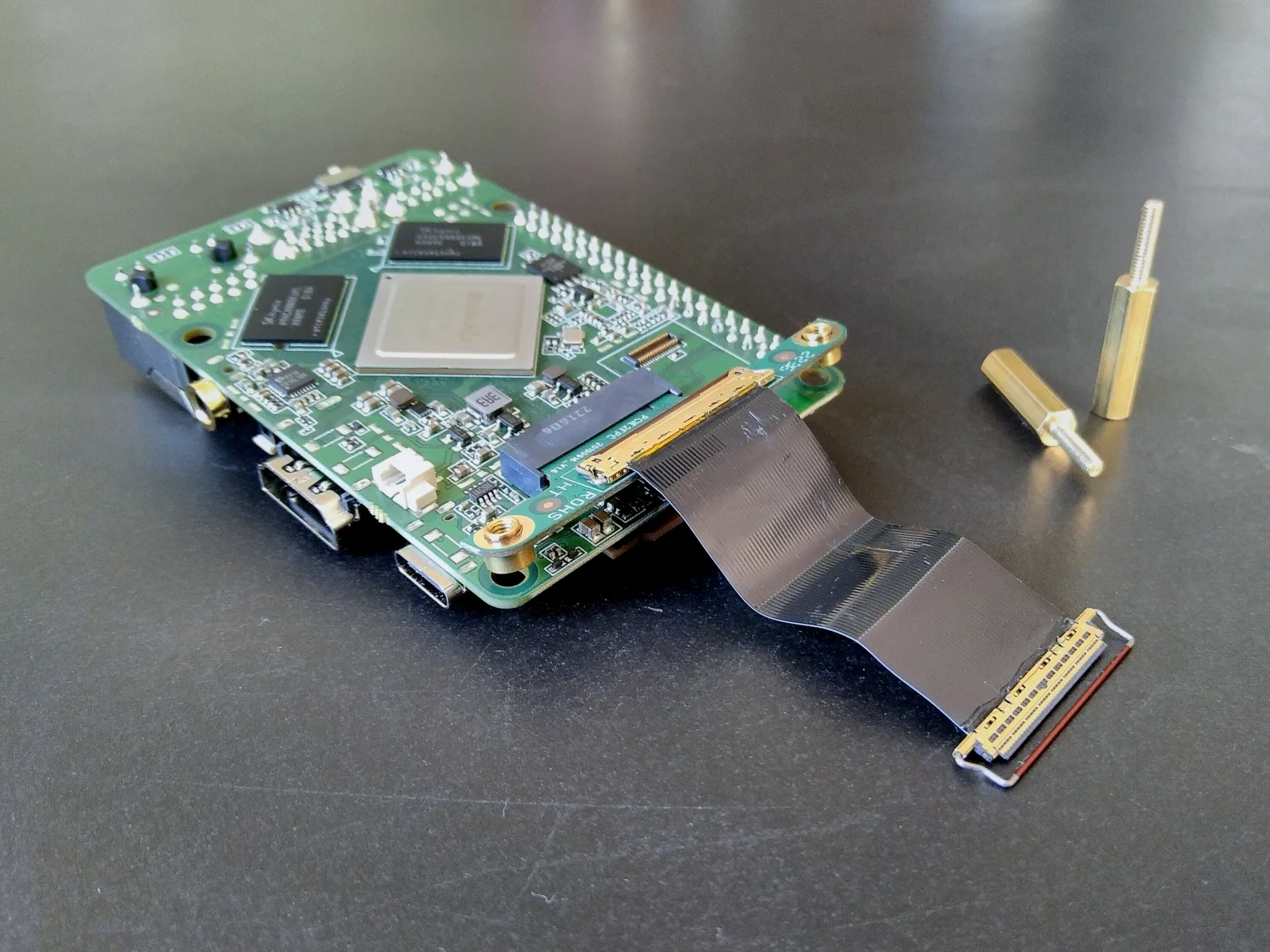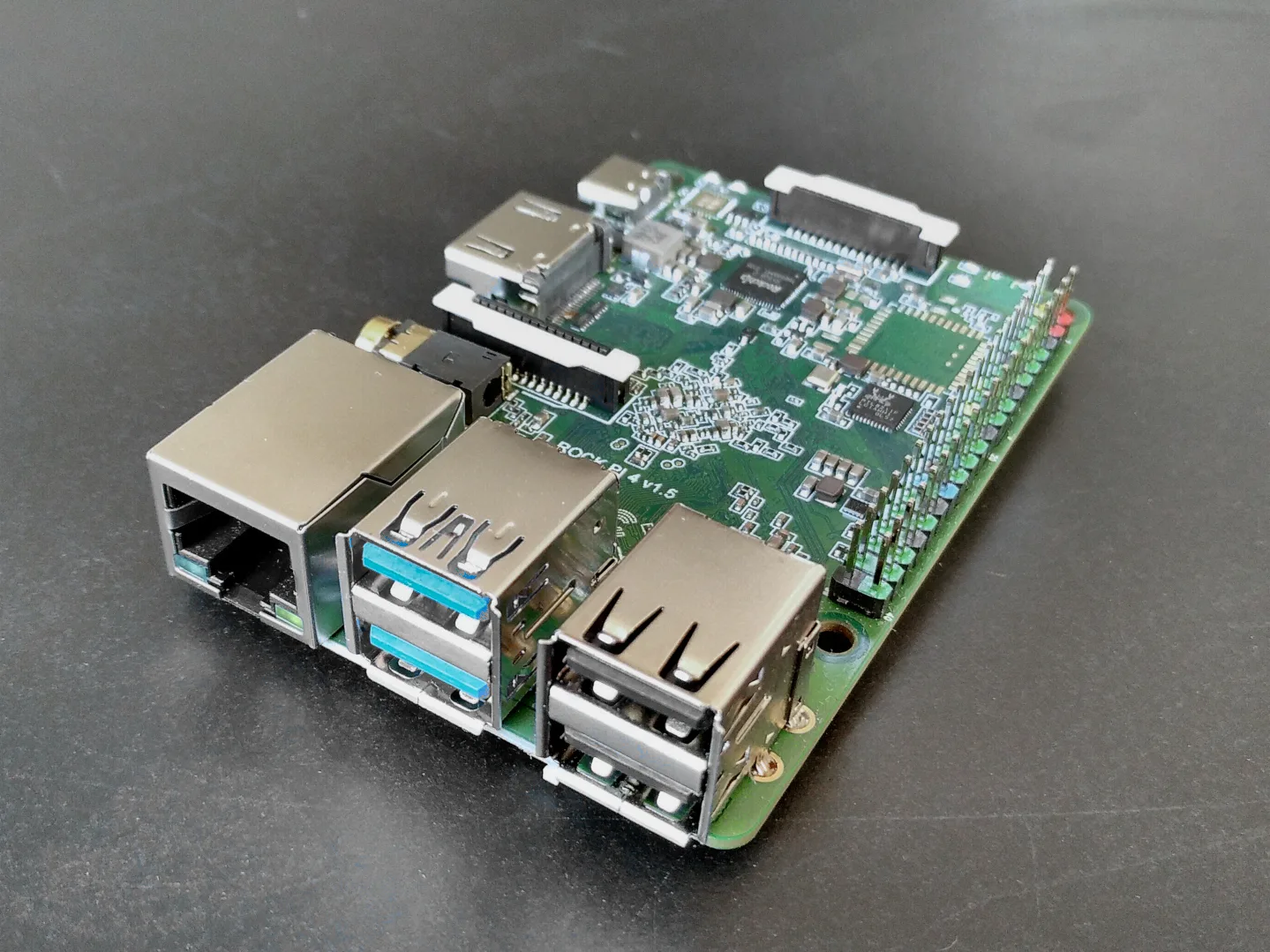As I wrote in my last posts I want to use my ROCK Pi 4 as a home server. I installed a libre bootloader and then Debian with an encrypted root filesystem. Here I wrote down how I managed to be able to unlock my encrypted partition via SSH.
Dropbear is a small SSH server (and client). The idea is to integrate it in my initial RAM file system only to be able to connect to my ROCK Pi 4 via SSH at boot time to type in my dm-crypt passphrase. After that the SSH connection will be closed and the boot process will proceed as usual.
„Unlock encrypted root filesystem via SSH“ weiterlesen










